We’re always encouraging our children to get out of the house and do something active, so we’re delighted when they take a keen interest in a sport and proud if they get into a school team. But there’s a price to pay; we don’t always realise how vulnerable young, growing bones and joints are to damage.
Because young athletes are still growing, they run a greater risk of injury than adults. While bones are still growing, they can be damaged more easily; where an adult might pull a muscle in a sporting incident, a child in the same circumstances is more likely to suffer from a bony injury such as a fracture, damage to the growth plate or a traction injury to the bone where the tendon attaches into it.
Ironically, the consequences of lots of sport could be an injury that impairs growth or cause long-term health problems.
Looking Out for the Signs of Children’s Sports Injuries
If a child complains that they’re in pain, PE teachers, coaches and parents should listen and take them seriously. They should also be able to spot the signs of an overuse injury:
- Pains, not directly caused by a fall or a hard tackle, that increase with activity,
- Swelling joints,
- Changes in technique caused by over-compensation,
- Reduced interest in a sport.
You can find out more about each of these diseases and what to do about them on the Petersfield Physiotherapy and Sports Injury Clinic website.
What Causes Sports Injuries Among Children?
Youth sport is taken more seriously these days than in my day. Regular training is around busy match schedules and places on a team are competitive so a child is under pressure to specialise rather than have a go at a variety of activities or switch with the seasons. Many children feel they have to play in more than one team to improve.
This leads to repetitive stress injuries on key parts of the body because they aren’t given the time and opportunity to rest and recover:
- Back Pain: from gymnastics and weightlifting.
- Little leaguer’s Shoulder: from athletics, throwing events.
- Little Leaguer’s Elbow: from cricket or baseball, throwing events.
- Knee pain (Osgood-Schlatter Syndrome): from football, netball.
- Ankle pain (Sever’s Disease): from running, jumping.
Why Are Children Vulnerable to Injury?
You might have thought that the long bones in the arm or leg grow from the centre, pushing the ends further apart as the child grows. In fact, growth comes from areas of cartilage, called growth plates, at each end of a bone.
Growth plates are weaker than surrounding ligaments and tendons. Repetitive stress can lead to injury of the growth plate which disrupts normal bone growth.
But once the child’s bones have finished growing the growth plates harden, or ossify, and the different parts of the bone fuse together, becoming stronger.
Girls seem to rocket in height before boys do; that’s because their growth plates ossify earlier, at around the age of 13 to 15. Boys, on the other hand are later developers, reaching skeletal maturity between 15 and 17.
Don’t Overdo an Activity
Overuse injuries build up steadily over time, especially when an athletic activity is repeated so often that limbs and joints don’t have enough time to heal between playing.
Stress fractures occur when muscles become tired and transfer more stress to bones. Bone is a living tissue and is constantly being built up and broken down. If too much stress is put on bones over a long time, especially small or weight-bearing bones like the ones in your feet, the body can’t generate bone fast enough and small cracks, or stress fractures, develop.
It’s not just bones that take a battering. Muscles, ligament and tendons are also forming and strengthening and haven’t developed the robustness and strength to cope with too much use. They need rest too.
What Can You Do if Your Child has an Overuse Sports Injury?
- Make sure the child gets a period of rest, off their sport.
- If a pain persists, it’s important to seek proper medical treatment. A physiotherapist can also advise on ice treatments and other pain-relief, exercise programmes and stretches to help recovery, to improve movement and strength.
- Use strapping for joints and extra using cushion pads in footwear.
Prevention is Better than a Cure
Many overuse injuries in children can be prevented. The key to prevention is avoiding overdoing any single sport and giving growing bodies’ adequate rest between activities.
It’s very important that children warm up and STRETCH properly, especially when they’re going through a growth spurt, as their muscles grow much more slowly than their bones; that means their muscles become very tight until they’ve had a chance to catch up with the growth of the bones they interact with.
Limit the number of teams in which your child is playing in one season. Children who play on more than one team for the same sport are especially at risk from overuse injuries.
Try to get your child interested in other activities – a change IS as good as a rest. Encourage regular breaks throughout the year and hopefully, your child will enjoy injury-free activities that will set them up for good health all their lives.

Recent Comments